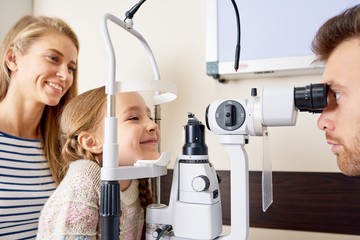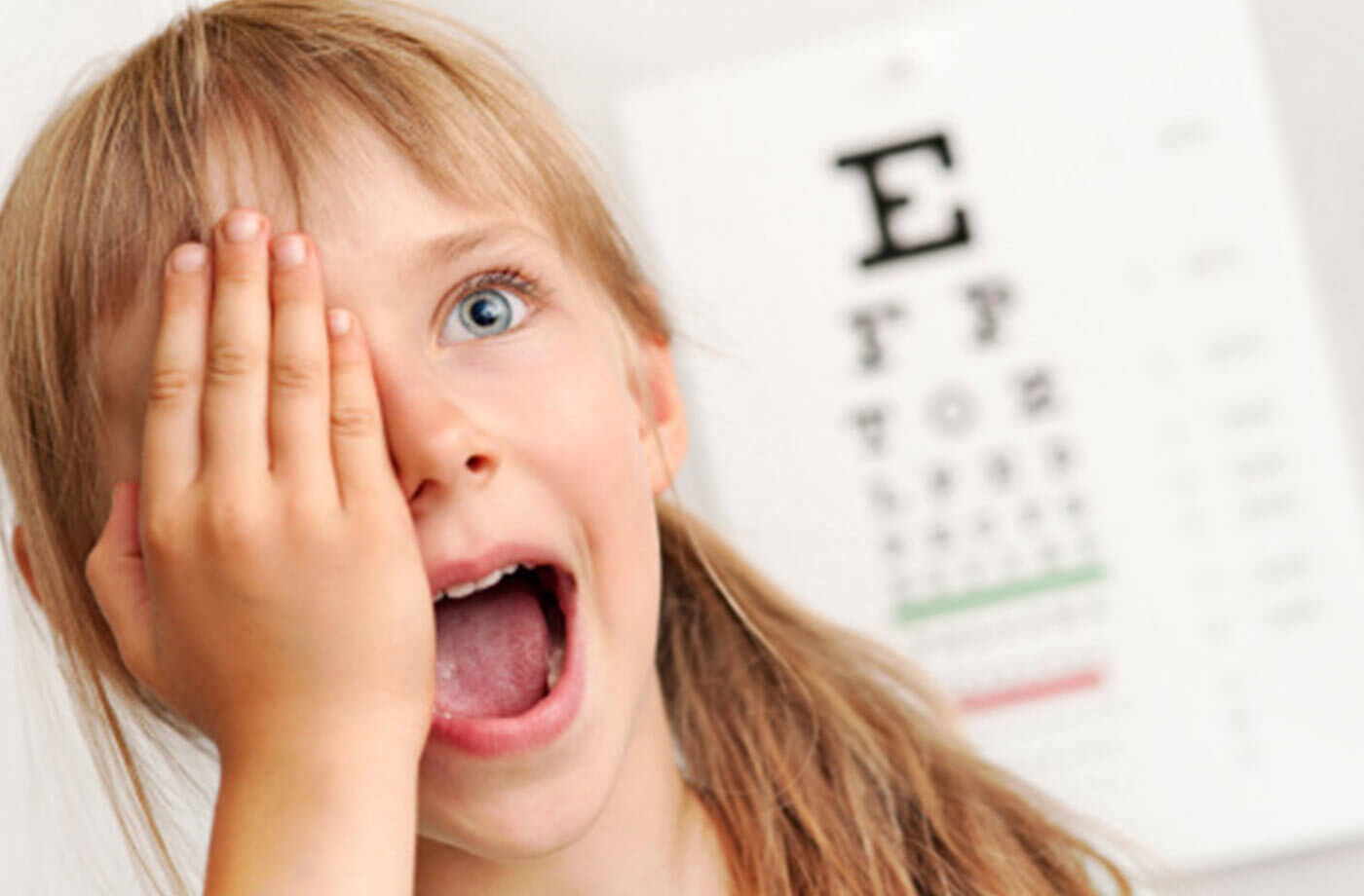
At Solar Eye Care, we believe children deserve the same advanced technology and thoughtful care as adults. That’s why we’ve equipped our clinic with the latest in diagnostic imaging and ensure every child’s appointment includes ample time with our optometrists. As a medical optometry practice, we focus on early detection of eye conditions—many of which develop silently, without symptoms.
What Makes Our Exams Different?
- Use of advanced diagnostic tools
- Early detection of eye and systemic diseases
- Honest, child-friendly care with no pressure to buy
- Exams designed to grow with your child—from babies to teens
- Partnered with Costco Optical for no-charge contact lens fittings
Common Questions Parents Ask
When should my child have their first eye exam?
Your child’s first eye exam should take place between 6 to 12 months of age. Alberta Health covers exams fully for children ages 0–4, and with a $40 fee for ages 5–18. For infants/toddlers, the exam is quick (about 10 minutes), requires no verbal response from your child, and checks for issues like strabismus, cataracts, glaucoma, and other sight-threatening conditions.
How do you examine a baby’s eyes?
We use handheld, non-invasive tools to examine infants, often while they stay comfortable in a car seat or stroller. We screen for major conditions such as retinoblastoma, droopy eyelids, and congenital issues, and assess the development of the visual system. The exam is painless and usually takes under 10 minutes.
How often should kids have eye exams?
First exam 6–12 months then annual exams from ages 1–18. Regular testing ensures both eyes are developing properly and working together. We use games, pictures, and digital tools to assess vision, depth perception, color vision, and focusing ability
Does wearing glasses make kids’ vision worse?
A common misconception is that wearing glasses will worsen a child’s vision. In fact, the opposite is true. Reliable studies show that myopia (nearsightedness) progresses faster when left uncorrected. Myopia is caused by the excessive elongation of the eyeball, which won’t slow down without full correction. Similarly, uncorrected farsightedness or astigmatism can lead to eye fatigue, squinting, and blurry vision, which may negatively affect school performance and learning. Fortunately with recent advances we now have methods to help slow the progression of nearsightedness called myopia control.
Why check their eyes if they don’t complain?
Kids often don’t realize they have a problem, especially if one eye is stronger than the other. We’ve seen children with correctable vision equivalent to legal blindness in one eye who never knew. 80% of learning is visual, so even subtle issues can impact school success. Early exams can also catch lazy eye (amblyopia), which ideally should be caught by age 8 to avoid permanent vision loss. Having both eyes work together provides 40% better vision and is critical for depth perception and hand-eye coordination. A comprehensive eye exam is also vital to screen for both eye diseases and systemic conditions that may not have any obvious symptoms.
Myopia Control
Slowing Down Nearsightedness
If your child’s prescription worsens every year, you’re not alone. Progressive myopia increases the lifetime risk of serious conditions like retinal detachment, glaucoma, and macular degeneration.
Evidence-Based Myopia Control Options:
- Outdoor Time: At least 2 hours/day helps slow myopia.
- Atropine Eye Drops: Low-dose (0.01–0.05%) can reduce progression by 50–87%.
- Myopia Control Lenses (e.g. Hoya MiyoSmart, available at Costco): Reduce progression by up to 60% and come with a 1-year replacement guarantee.
- Specialty Contacts (MiSight, Ortho-K): Not currently offered at our clinic, but we can refer you to a trusted provider.
Screen Time & Eye Health
While screen use hasn’t been proven to cause myopia, it is linked to eye fatigue and early dry eye disease due to reduced blinking. Encourage your child to do 10 forceful blinks, four times per day.
Blue-light blocking lenses don’t prevent damage but are fine to wear if preferred.
What to Expect During the Exam
Pretests: The Foundation of Accurate Results
Lensometry
We read your child’s current glasses prescription using a digital lensometer to understand their visual history and comfort.
Cornea and Glaucoma Screening
Retinal Imaging + Optomap
OCT (Optical Coherence Tomography)
Peripheral Vision Testing
When needed, visual field testing checks for neurological conditions or helps meet vision requirements for licensing in later years.

Doctor-Led Comprehensive Assessment
- Review of vision complaints and family medical history
- Neurological screening (eye muscle balance, pupil response)
- Prescription determination using retinoscopy or digital phoropter
- Front-of-eye exam (eyelids, lashes, cornea, lens, tear film)
- Back-of-eye exam (optic nerve, macula, retina) using advanced microscopes and retinal imaging
- Discussion of diagnosis and treatment plan
Invest in Your Child’s Vision—Book Today
We make it easy for families with convenient hours and direct billing to most insurance plans. Eye exams are a small investment with lifelong impact.
